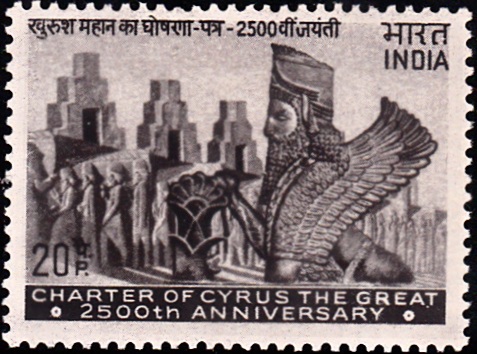
India on Charter of Cyrus the Great
A commemorative postage stamp on the 2500th Anniversary of the Cyrus Charter of Human Rights :
Issued on Oct 12, 1971
Issued for : The Indian Posts & Telegraphs Department feel privileged in bringing out a stamp to commemorate the 2500th Anniversary of the Charter of Cyrus the Great and join in the homage being paid by the nations of the world to the memory of the Great King who was one of the earliest exponents of the principles of Human Rights. The stamp depicts the figure of a winged animal with a human face (which is now preserved in the Museum at Tehran) found in the Central Palace at Persepolis, the imperial capital of ancient Persia. The background shows the stairway of the Central Palace with groups of Persian & Median nobles in conversation.
Description of Design : The design of the stamp is horizontal and shows a winged animal with a human face in Persepolis with the stairway of the Central Palace at Persepolis in the background.
Type : Stamp, Mint Condition
Colour : Suede Grey
Denomination : 20 Paise
Overall Size : 3.91 X 2.90 cms.
Printing Size : 3.56 X 2.54 cms.
Perforation : 13 x 13
Watermark : Printed on unwatermarked adhesive stamp paper
Number Printed : 30,00,000
Number per issue sheet : 35
Printing Process : Photogravure
Designed and Printed at : India Security Press
About :
- Iran, the cradle of one of the most ancient civilisations, has stood for almost fifty centuries as a bridge in both a geographical and cultural sense between the great civilisations of Asia on the one hand and those of West Asia and the Mediterranean on the other. This geographical situation led to Iran becoming the recipient of ethnic groups as well as ideas and techniques from all sides, often to be spread abroad again to countries East and West. Thus many trends in Iranian culture have been blended into the cultural pattern of nations of both Asia and Europe.
- Iran‘s emergence as a political and military force on the stage of history took place in the sixth century B.C. under the Achaemenids. In 550 B.C., Cyrus was crowned “King of the Persians“. His subsequent military career was a brilliant one and led to the conquest of Babylon in 538 B.C. Cyrus, however, was not merely a military genius. He is remembered to this day on account of the new standards of toleration and broad-mindedness which he instituted in the ancient world. These ideas of Cyrus the Great were enshrined in a Charter issued by him after the fall of Babylon. The Charter, whose Babylonian text is now preserved in the British Museum, spoke of the Great King‘s desire to prevent the terrorisation of his people, the promotion of their welfare and of his ardent desire to grant to his people freedom of religious worship and adequate guarantees for the protection of religious shrines.
- These were new and unheard of ideas and subsequent history has paid eloquent tributes to Cyrus the Great for his sense of justice and for instituting what may rightly be called a charter of human rights. As a man, he was admirable and his countrymen loved and termed him “father.”



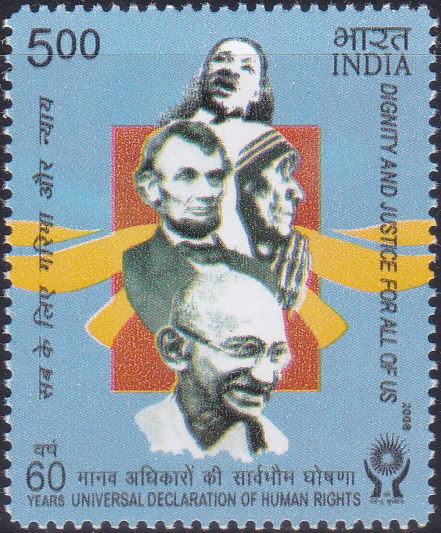
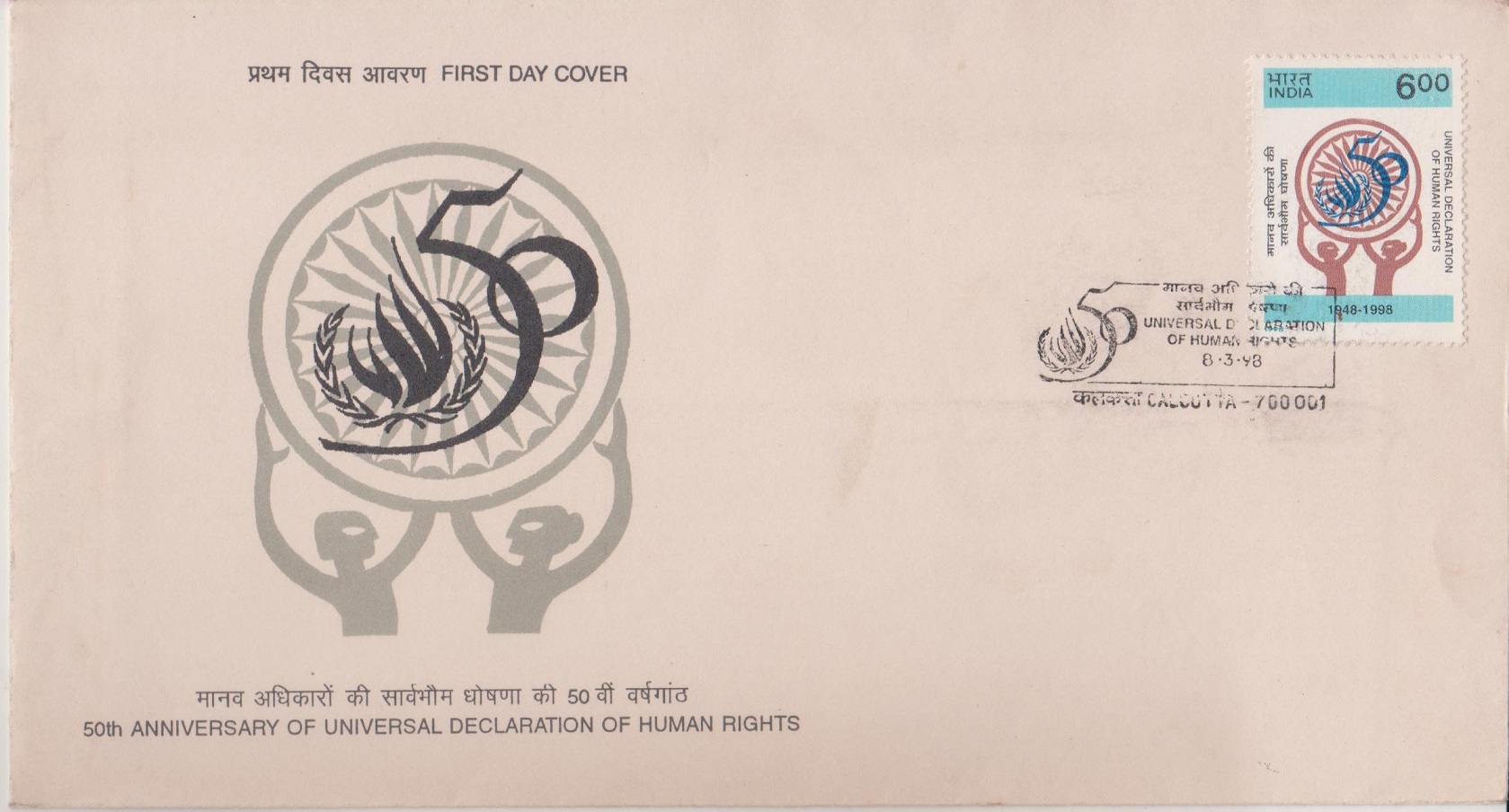
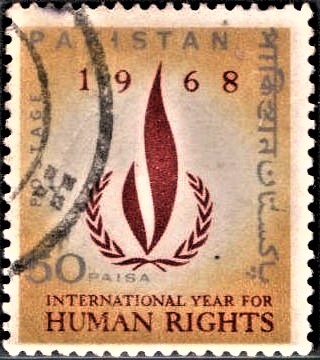
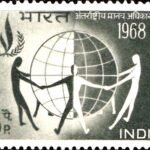
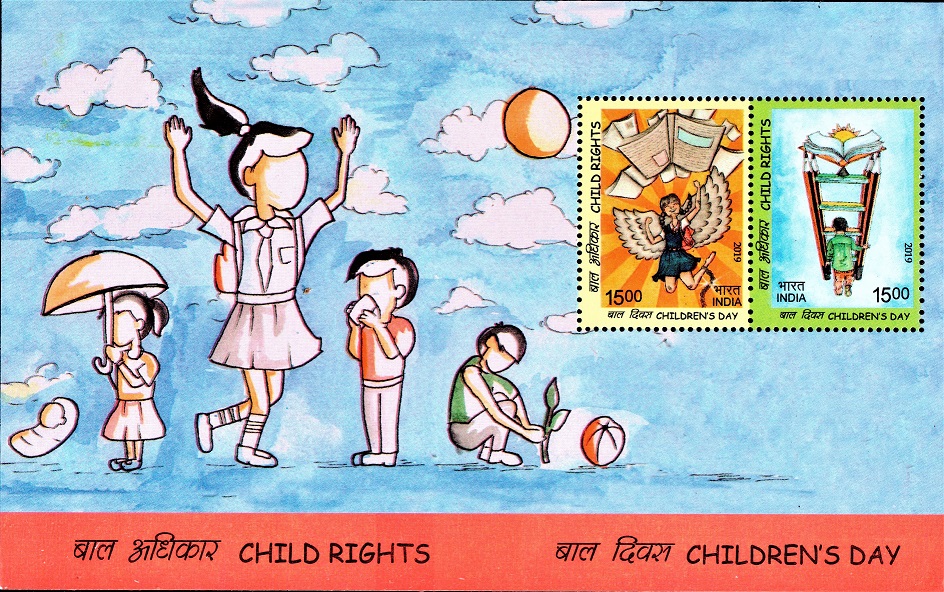
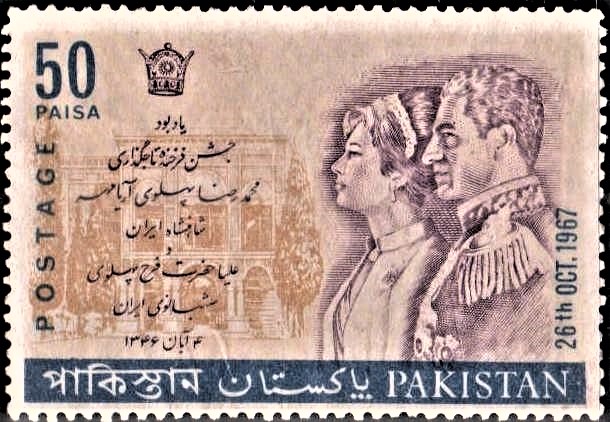
[…] : Issued to commemorate the 2500th anniversary of the founding of monarchy in Iran by Cyrus the great, the stamp features the map of Iran and its standard bearing the lion and sun insignia crossed with […]